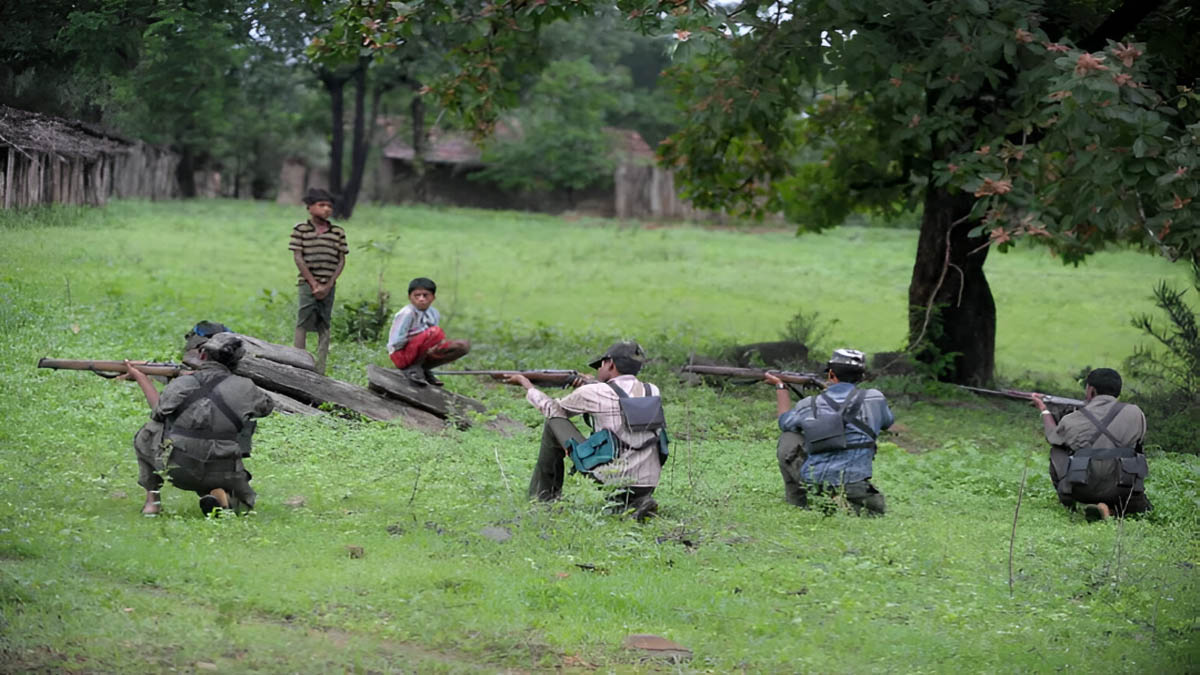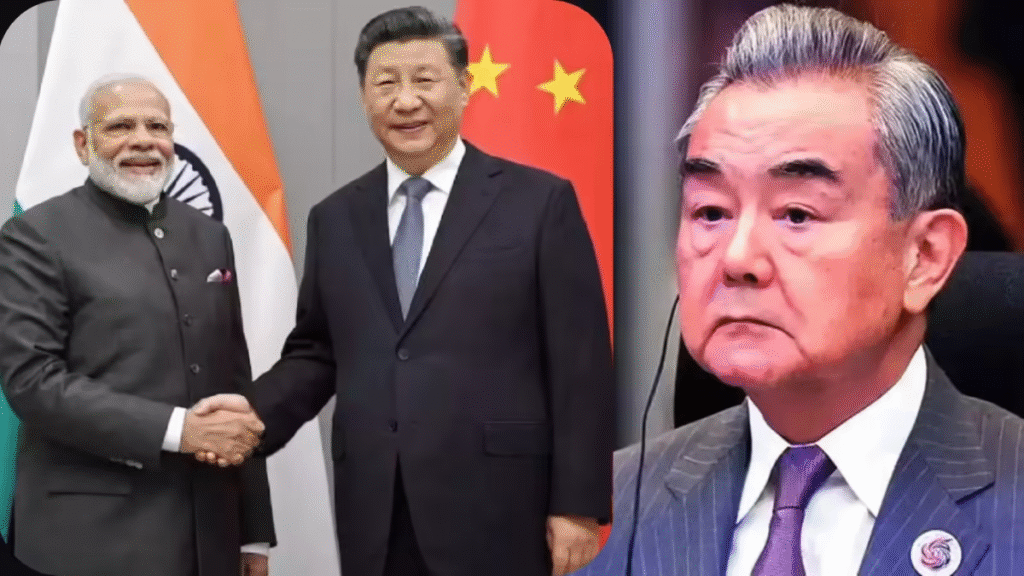Now Reading: ‘Warzone’: Why Indian Forces Have Launched a Deadly Assault on Maoists
-
01
‘Warzone’: Why Indian Forces Have Launched a Deadly Assault on Maoists
‘Warzone’: Why Indian Forces Have Launched a Deadly Assault on Maoists

A fierce and escalating offensive by Indian security forces against Maoist insurgents, often referred to as Naxals, has turned parts of the mineral-rich Bastar region of Chhattisgarh into a veritable “warzone.” This intensified assault marks a decisive phase in India’s decades-long battle against the far-left armed rebellion, with the government explicitly stating its aim to “wipe out” the insurgency by early next year.
The recent surge in operations has seen a significant increase in Maoist casualties, with hundreds killed in the past year alone. Notably, the killing of top Maoist leaders, including Nambala Keshava Rao alias Basavaraju, the alleged general secretary of the Communist Party of India (Maoist), is being hailed by authorities as a major breakthrough. These operations are concentrated in areas like the Karrigatta hills, where over 10,000 Indian soldiers, assisted by army helicopters, have been deployed in a relentless pursuit of the rebels.
Roots of the Conflict: A Decades-Old Grievance
The Maoist insurgency in India traces its origins back to a peasant uprising in Naxalbari, West Bengal, in 1967. Inspired by Mao Zedong’s ideology of a “people’s war” and a focus on rural revolution, the movement gained traction by tapping into deep-seated grievances among marginalized communities, particularly tribal populations (Adivasis), who felt exploited and neglected by the state. Issues such as land alienation, forced displacement due to mining and development projects, lack of basic services like education and healthcare, poverty, and corruption have fueled the insurgency for decades.
At its peak in the mid-2000s, the Maoists exerted influence over a vast “Red Corridor” spanning nearly a third of India’s landmass, establishing parallel administrations and conducting lethal attacks on security forces and infrastructure. They portrayed themselves as champions of the oppressed, fighting for land rights and justice for the tribal communities.
The Current Offensive: A “Decisive Phase”
The current intensified operations are part of a broader, multi-pronged strategy by the Indian government, particularly under the Bharatiya Janata Party (BJP) at both state and central levels, to decisively end the Maoist threat. The government has set a target to eliminate Naxalism by March 31, 2026. This aggressive stance is characterized by:
- Increased Security Deployment: Tens of thousands of forces, including specially trained commandos like the District Reserve Guard (DRG) and CoBRA, have been deployed, especially in core Maoist areas like Bastar.
- Targeted Operations and Intelligence: Security forces are leveraging improved intelligence gathering and advanced technology, including drones with high-definition cameras and thermal imaging, to pinpoint Maoist hideouts and leaders. The recent successes, including the killing of key commanders, highlight the effectiveness of these intelligence-led operations.
- Development Initiatives: Alongside security measures, the government is emphasizing development initiatives in affected areas, aiming to address the socio-economic disparities that have historically fueled the insurgency. This includes improving road connectivity, establishing educational institutions, and enhancing access to healthcare and other basic services.
- Surrender and Rehabilitation Policy: Programs offering financial aid, vocational training, and social reintegration are in place for Maoists willing to lay down arms and return to the mainstream.
Controversies and Concerns: The Human Cost
While the government celebrates its successes in pushing back the Maoists, the intensified operations are not without their critics and controversies. Human rights groups, such as the People’s Union for Civil Liberties (PUCL), have raised serious concerns about alleged human rights violations, including extrajudicial killings and “fake encounters,” where innocent Adivasis are reportedly killed under the pretext of being Maoists. Villagers in affected areas also allege aerial bombings by security forces, a claim denied by authorities but reported by Maoist groups as well.
The tragic reality of this conflict is that the majority of those caught in the crossfire, whether Maoists or security personnel, are often from the very tribal communities whose rights the insurgents claim to champion. This raises complex questions about the long-term impact on local populations, who find themselves caught between the armed rebellion and the might of the state.
Looking Ahead: A Long Road to Peace
The Indian government’s resolve to end the Maoist insurgency is clear. The significant reduction in the geographical spread and influence of the Maoists, along with the increasing casualties among their cadres, suggests that the state is gaining the upper hand. However, addressing the root causes of the insurgency – the socio-economic grievances and developmental deficits – remains crucial for achieving lasting peace and preventing a resurgence of the conflict. The challenge lies not just in eliminating the armed groups, but in winning the trust and integrating the marginalized communities into the national mainstream through sustainable development and equitable governance.










